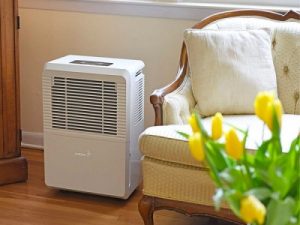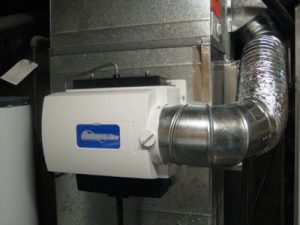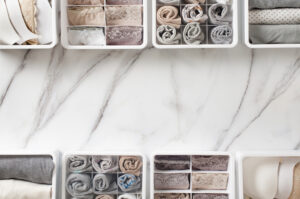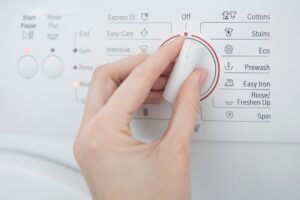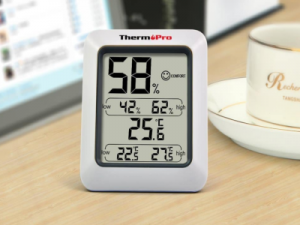
What are dust mites?
Dust mites are basically relatives of spiders and are thick, only much smaller. Even so, unlike spiders, they can’t be seen with the naked eye. They’re only 0.2 millimeters, so it’s quite hard to think that these creatures might cause you any kind of trouble.
And what do they do?
Contrary to what most people know, they don’t bite, stink, or even burrow into our skin. However, they feed on dead skin cells, which can be found both in animals and humans, in mattresses, carpeted areas, lounging areas, and even furniture.
Various dust mites only live between 10-30 days. But the environment they live in and the moisture conditions can have a great impact because if they’re accordingly to their needs, females can live as much as 70 days, and they usually lay hundreds of eggs.
What harm they might cause?
Dust mites are usually the main reason why people suffer from allergens and various skin reactions. Their feces and body fragments contain higher levels of protein-based allergens and might cause symptoms of some of the most common allergic reactions, such as:
- itching
- rashes
- sneezing
- nasal congestion
- itchy eyes
- runny nose
- swelling of the sinuses
Dust mites are also at fault for provoking asthma and eczema in young children. Those who suffer from skin conditions are oftentimes irritated at night, because of these microscopic creatures.
Just imagine that every single night, you bury your face in a pillow full of mites. Unfortunately, that’s the reality for most of us. Our beds and bedrooms are the homes of 10 million mites.
How to get rid of them?
Now that we’ve established what are dust mites, and why they might be dangerous, it’s time to see how we can get rid of them.
Cleaning
Probably the first and most important step is pretty obvious: you need to clean and remove all the dust on a regular basis. Ideally, experts believe that a couple of times a week might do the trick.
Dust mites are known to live and thrive on dust, which is, believe it or not, made of our dead skin cells! That’s why, first you need to identify which are the most common areas where it might get a bit dusty (window sills, cabinets, desks, and any venting areas).










